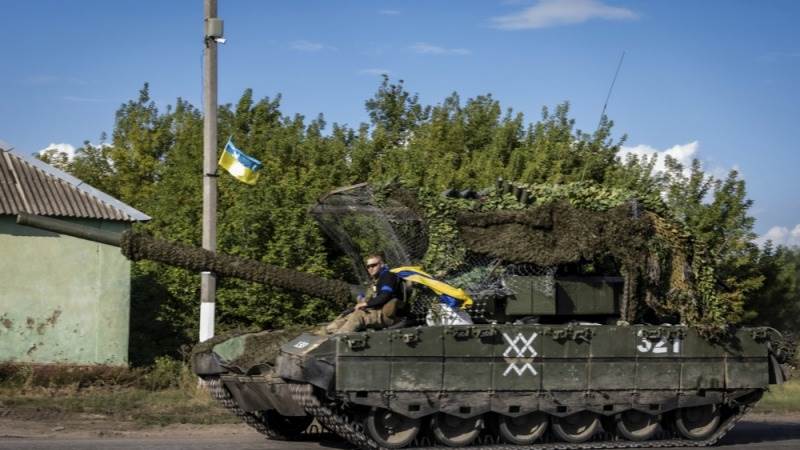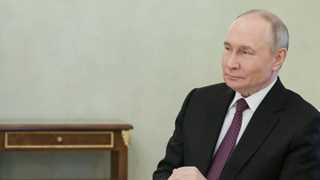The Ukrainian military incursion into Kursk, a region of profound historical significance, is a momentous event, marking the first time since World War II that an army has occupied part of Russian territory.
With its deep historical roots, the region holds both real and symbolic significance. It was there that the Red Army's actions between July and August 1943 turned the tide of the war against Nazi Germany, a victory that shifted the initiative and inflicted a great moral blow. However, on August 6, decades after the historic Battle of Kursk, the Ukrainian Armed Forces (UAF) launched an incursion, strategically shifting from the eastern front to the north. In the immediate aftermath, Russian President Vladimir Putin dubbed the action a "large-scale provocation" and vowed a strong response.
This surprising action has sparked intense speculation and analysis. Even Russian intelligence was not able to anticipate the move, and there are reports that the Pentagon was not informed in advance. Added to all of the above is the fact that the breakthrough came at a time when the subject of peace talks was increasingly being mentioned, in parallel with some modest Russian advances on the eastern front line.
The question then arises: What is the purpose of the Ukrainian military incursion into Russian territory?
Among the whole set of possible answers, one cannot ignore the fact that only 40 kilometers from the city of Kursk, there is the Kurchatov Nuclear Power Plant, one of the three largest nuclear power plants in Russia and one of the four biggest producers of electricity in the country.
There has been speculation that Kiev is trying to capture the Russian facility. Nevertheless, this is more than 50 kilometers away from the current fighting, and it is believed that it would be very difficult for Kiev's forces to get that far. In fact, it is easier for the nuclear option to be resorted to not by Zelensky but by Russian President Vladimir Putin, as he has already threatened in the past to use tactical nuclear weapons in case he felt threatened.
In a recent Telegram post, Ukrainian presidential adviser Mykhailo Podolyak stated that the cross-border incursion was vital to convincing Moscow to start "fair" peace talks. "In the Kursk region, we clearly see how the military tool is objectively used to convince the Russian Federation to enter into a fair negotiation process," he said.
For now, the military move seems to serve several interests. As Podolyak rightly suggests, it is a show of strength, but one that implies a key destabilizing factor when Putin must now send more troops to the area. Kimberly Kagan, Director of the American Enterprise Institute's Critical Threats Project, recently told The New York Times that Ukraine is not attacking Russia to seize Russian territory but to relieve pressure on its forces in the Donbas region. Moreover, one cannot ignore what it represents for a Russia that fought wars in Chechnya and Afghanistan. For that Russian war machine, the Ukrainian incursion has also been a severe blow against its propaganda.
Nonetheless, military logic and the imbalance between Russia and Ukraine indicate that the Kremlin is capable of pushing back the Ukrainians. In other words, in the long run, this new incursion is not likely to change the course of the war—at least not under the current situation.
But it is certainly one of those events that will have historical and symbolic significance. Whether Ukraine can seize this moment or not is something we will see in the near future, and above all, it will depend on how much both armies are willing to push for victory.




